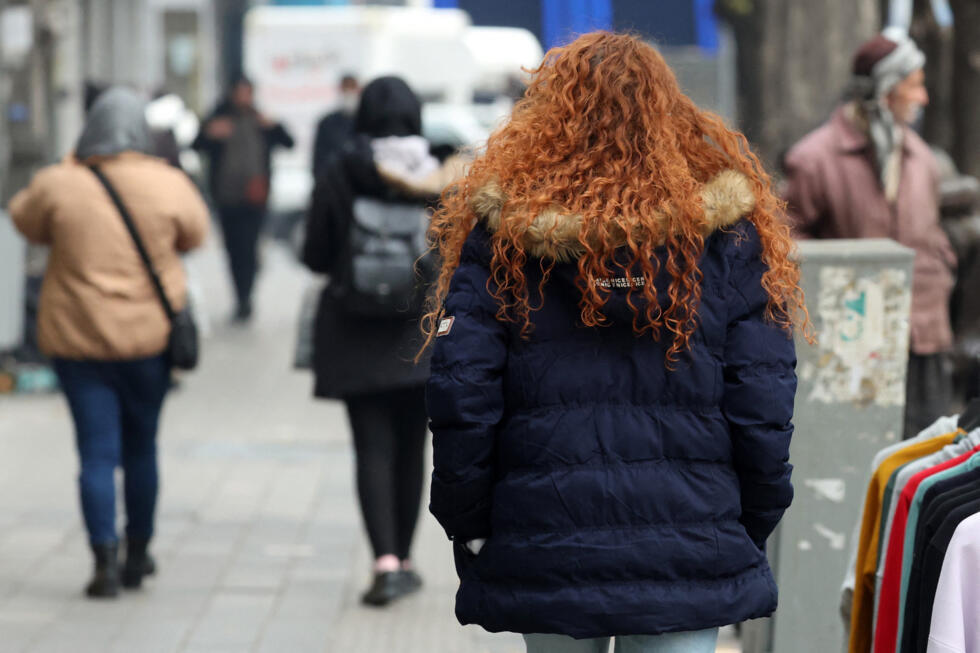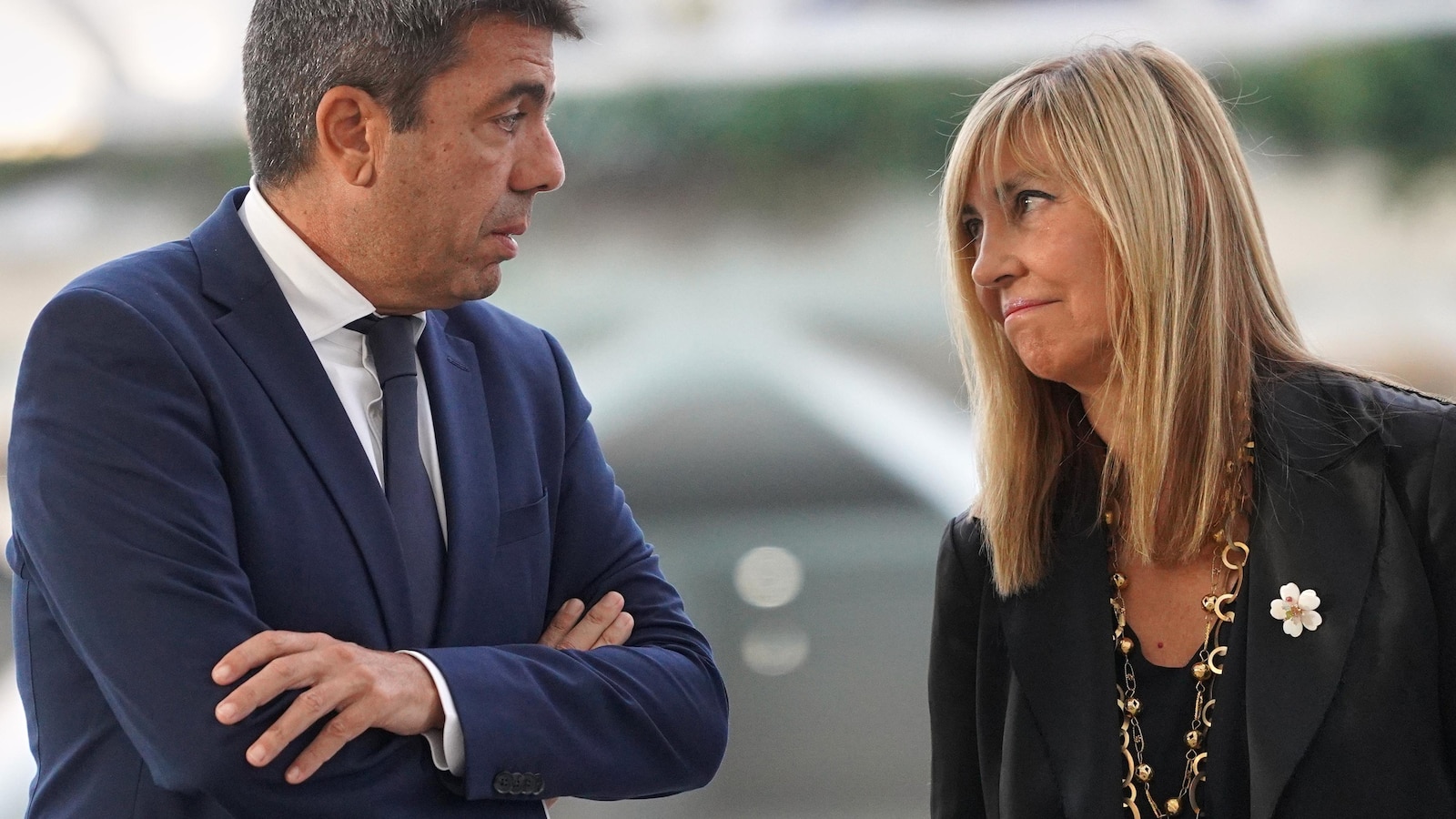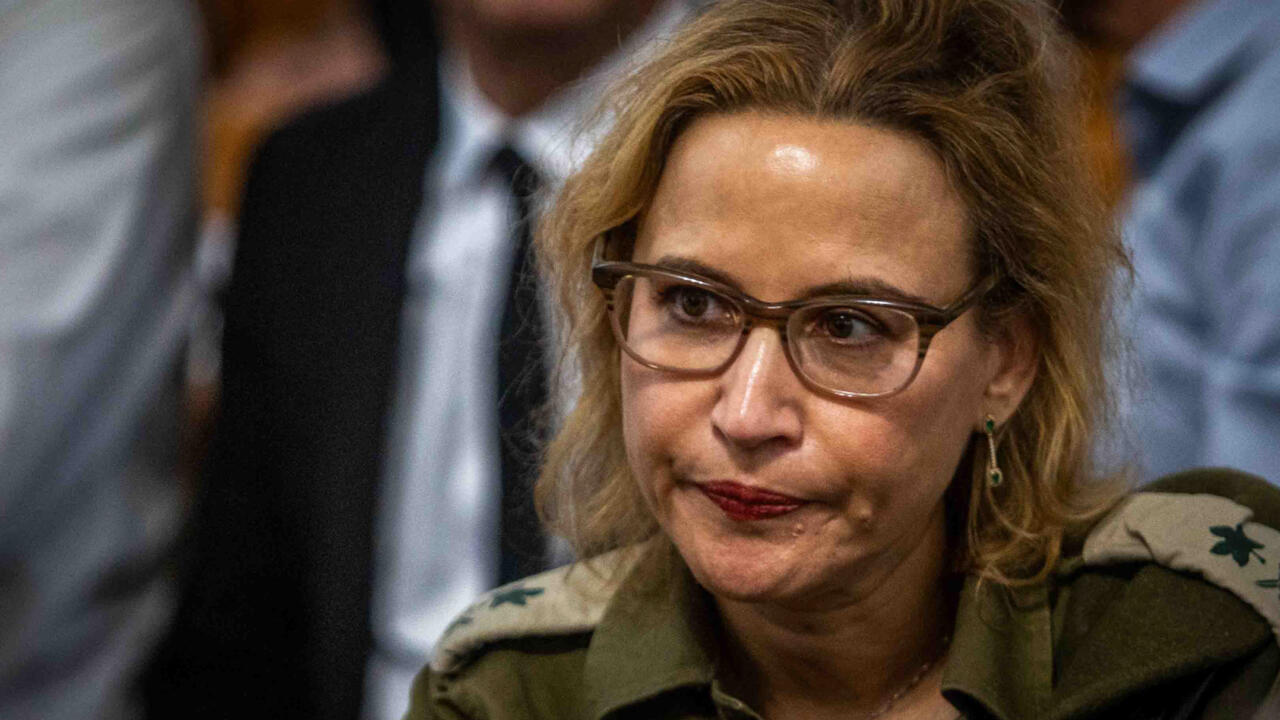When Ahmad* returned to Iran in May, he did not recognise Tehran's Imam Khomeini Airport. After five years away, his sister was waiting for him in the arrivals hall with a bouquet of flowers, dressed in a white blouse and a scarf casually draped over her shoulders. His niece, standing next to her mother, had her hair tied back in a ponytail and there was no veil or even a scarf in sight.
"I wondered if I was really in Iran," Ahmad confided. "In addition to the emotions of the reunion, I felt uneasy when I saw them behind the glass window of the arrivals hall. I was afraid they would be arrested, because the airport is a secure and highly monitored place. But when I turned my head, I saw other women who were much less covered than them."
Ahmad noticed these changes even among his more traditional family members. A brother-in-law now tolerates his daughter's clothing and socialising. His older sister has abandoned the manto, the long Persian coat that derives its name from the French manteau. She now favours simple, short blazers matched with trousers.
Iranian society has changed significantly in recent years, particularly following the uprisings that erupted after the 2022 death of Mahsa Amini.
The 22-year-old Kurdish-Iranian woman was arrested by Iran's morality police for "improperly" wearing her headscarf during a visit to Tehran and died in police custody. "There has clearly been a before and after, marked by profound transformations, particularly in urban areas," said Jonathan Piron, a historian and Iran specialist at the Brussels-based Etopia research centre. "While the death of Mahsa Amini and the protests that followed did not trigger a political revolution, they did mark a societal revolution."

Azadeh Kian, a sociologist and director of Paris Cité University’s Centre for Teaching, Documentation and Research in Feminist Studies (CEDREF), agrees. "Today, women are taking over public spaces as they see fit. They have won their freedom," explained Kian. "And this movement is irreversible."
A different life for teenagers
Iran today is nothing like the country she grew up in, says Sepideh*, 40, a mother of three, including a teenage daughter, from Tehran.
"Things have moved very quickly over the past three years," noted Sepideh. "I'm from the generation that grew up just after the [1989 Islamic] revolution. Then came the [1980-1988 Iran-Iraq] war. School was frightening; our teachers were very strict and very tough on us. We had to constantly adjust our headscarves. Everything had to be black. White socks were out of the question. I always dreaded the day my daughter would experience the same thing."
So far, her 14-year-old eldest daughter’s school experience has been far less severe, Sepideh acknowledges with relief. "I am so happy that my daughter no longer has to go through that," she said, noting that her daughter has abandoned the maqnaé, the hooded veil that is part of the Iranian school uniform for girls. "She and her friends just let it hang around their necks. The administration at her [private] school doesn't say anything."
The police 'look away'
The changes are particularly visible on Tehran’s public transportation, notes Sepideh. "In the subway I take every day to work, I see mothers in chadors [the severe, all-encompassing veil] and their daughters in T-shirts and trousers. I also see groups of students, some veiled, others not, all laughing together. The police see them, sometimes make an annoyed remark, then they look away," said Sepideh.

Kian believes the Iranian authorities have relaxed their position to avoid a backlash from the populace. "They fear their youth, who were very active three years ago during the 'Women, Life, Freedom' movement, particularly the unprecedented solidarity that this uprising sparked. This intergenerational solidarity has extended even to religious families," she noted.
Iran's laws, however, continue to discriminate against women. In December 2024, the Iranian parliament, dominated by ultra-conservatives, approved the draconian "Law on Protecting the Family through the Promotion of the Culture of Chastity and Hijab", commonly called "The Chastity and Hijab Law". The law, containing 74 articles, imposed strict penalties for women and girls defying the compulsory hijab.
But Iran's moderate President Masoud Pezeshkian paused the implementation of the law, calling it "ambiguous and in need of reform".
Pezeshkian could not have stalled the law without the approval of Iran's supreme leader Ayatollah Ali Khamenei, explains Kian. "For me, the leader has come to terms with the obvious. The Iranian state is forced to make concessions because it has been facing crises on all fronts – economic, political and security – since the 12-day war against Israel,” said Kian, referring to the June 13-24 armed conflict between the two countries.
The policy of intimidation remains in place
But the regime's "policy of intimidation" continues, according to Kian. "While the regime cannot put a police officer behind every woman, it continues to arrest women's rights activists, those who campaign for fundamental change, because it considers them a threat," she noted.
While some prominent Iranian women's rights advocates – such as the 2023 Nobel Peace Prize laureate Narges Mohammadi and activist Sepideh Gholian – have been released on temporary leave, they continue to live "with a Damocles sword hanging over their heads", Kian said.
Read moreLeading Iranian women's rights activists in Evin prison remain defiant
Another immutable bastion of power is the civil code. Women remain subject to deeply discriminatory rules: they receive only half of an inheritance and have limited rights in matters of divorce, child custody and family law. The regime's "last bastion is this civil code," said Kian. "They won't touch that."
Meanwhile, two worlds coexist in Iran and the gap between them continues to widen. "Society is moving forward, living its life independently of religious power," noted Kian.
This evolution can also be seen in women's daily lives. Sepideh, for instance, goes for walks in Tehran's affluent neighbourhoods just to observe the young people's fashion choices. "Colorful shirts over crop tops, long skirts, hair dyed blue, red, or purple... They seem at ease and women my age compliment them," she said joyously. "I've changed too. Two months ago, I was still wearing my headscarf on my commute to work in central Tehran. But now I've taken a step forward, and it's at the bottom of my bag. I only wear it at work."

Sepideh admits that she was afraid of men's stares for a long time before taking off her veil. "In some neighbourhoods I pass through, I feared their comments and harassment. But I think they've got used to it." Today, she says, she feels "safe", even without a veil.
Mixed dance classes, women on motorcycles
Darya*, another Tehran resident who grew up after the 1989 Islamic Revolution, credits the guts of Iran's youth. "The bravery of Generation Z has given us courage," she said. The first changes came under reformist former Iranian president Mohammed Khatami’s reign from 1997-2005, Darya explained. "Since the Khatami era, I have worn colorful scarves. Little by little, I began to take off my veil more often. But after the death of Mahsa Amini and all those young people killed in the protests, I never wore the veil outside again, even in more traditional places, such as mourning ceremonies. I am not prepared to make concessions," she said emphatically.
This movement, Piron notes, did not appear suddenly after Amini's death in 2022. "Iran is a society in constant transformation, like everywhere else. The 'Woman, Life, Freedom' movement accelerated the trend that was already present and, above all, spread it throughout the country," he explained.
Iran's provinces were also swept by the movement. The first protests after Amini's death erupted in Saqqez, the young woman's hometown in Iran's Kurdistan region. "Today," says Darya, "girls in the provinces have also stopped wearing the veil, but not everywhere. In the small suburb where my family lives near Shiraz, there are fewer of them. But people's attitudes have changed, and no one makes disparaging remarks to them anymore.”
The changes are not limited to clothing, according to these Iranian women. Although prohibited, mixed singing and dance classes are becoming increasingly common. "More and more women are riding motorcycles," Sepideh notes admiringly. Iranian women are allowed to drive cars and ride motorcycles, but only as passengers. They have been denied motorcycle licenses since the advent of the Islamist regime in 1979.
*Names have been changed to protect the safety of those interviewed in Iran.
This article is a translation of the original in French.











 English (US) ·
English (US) ·